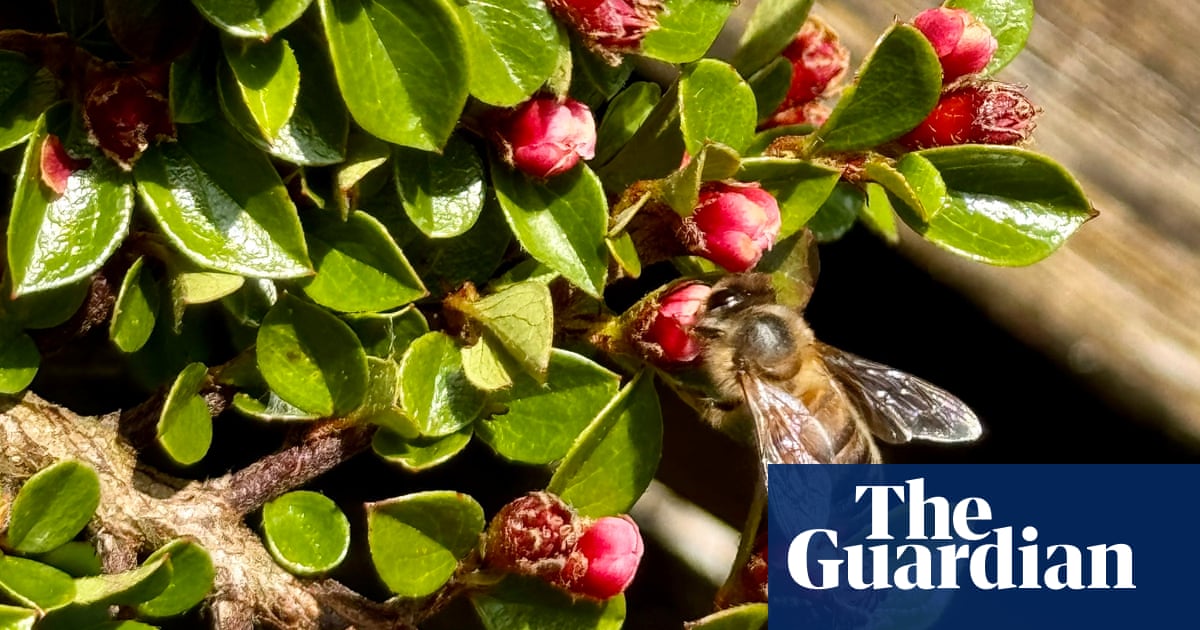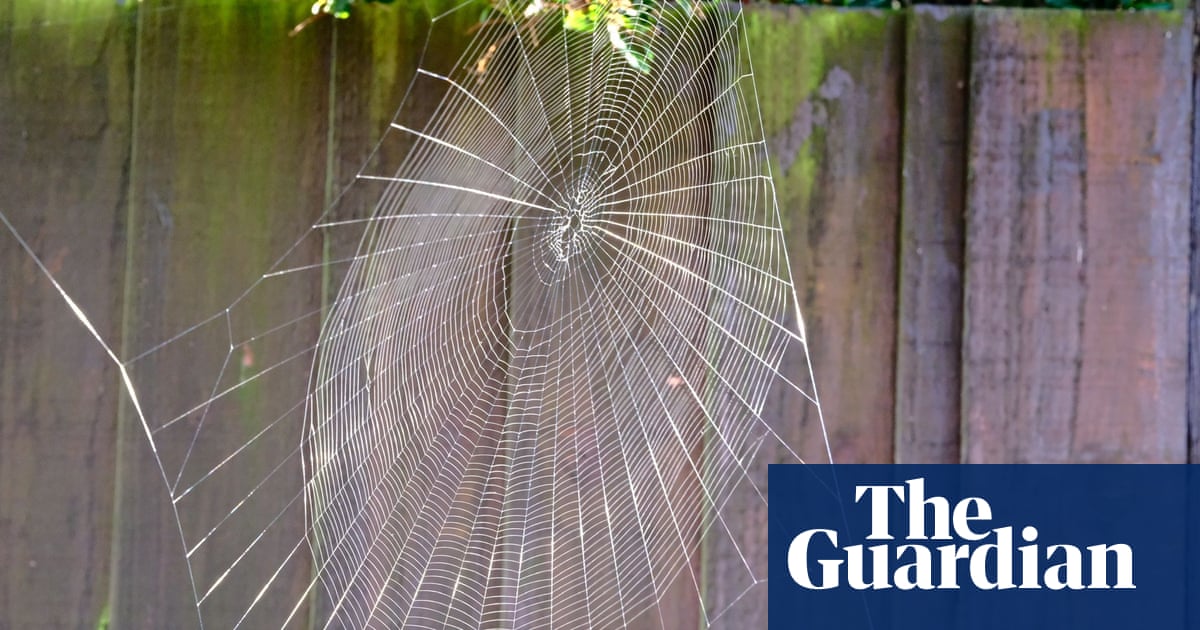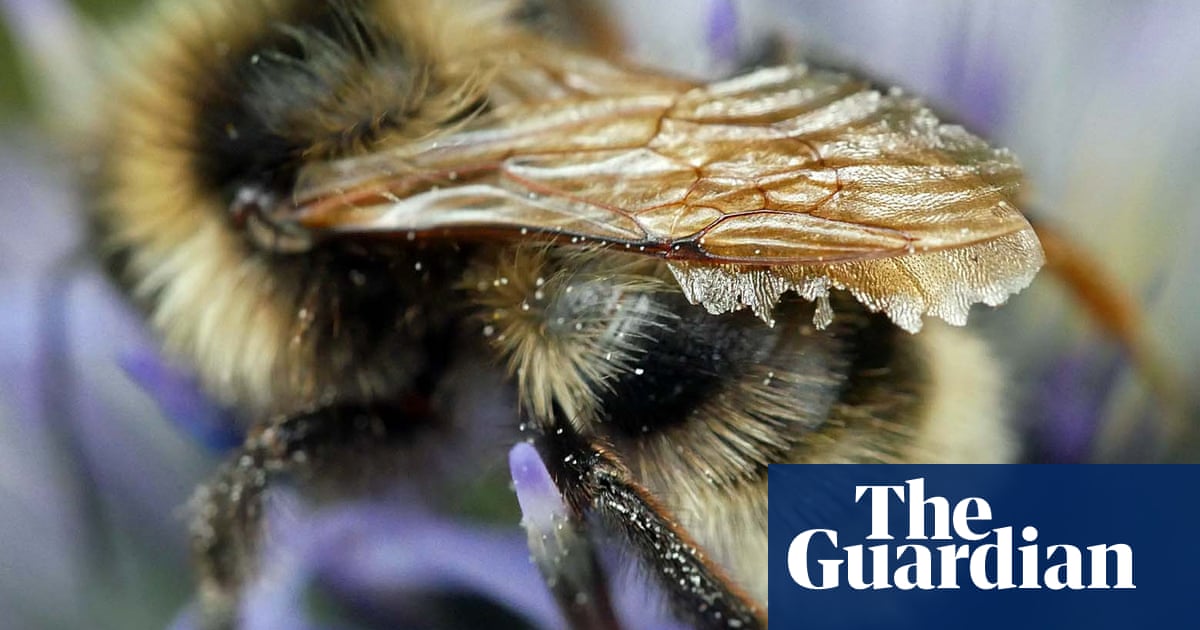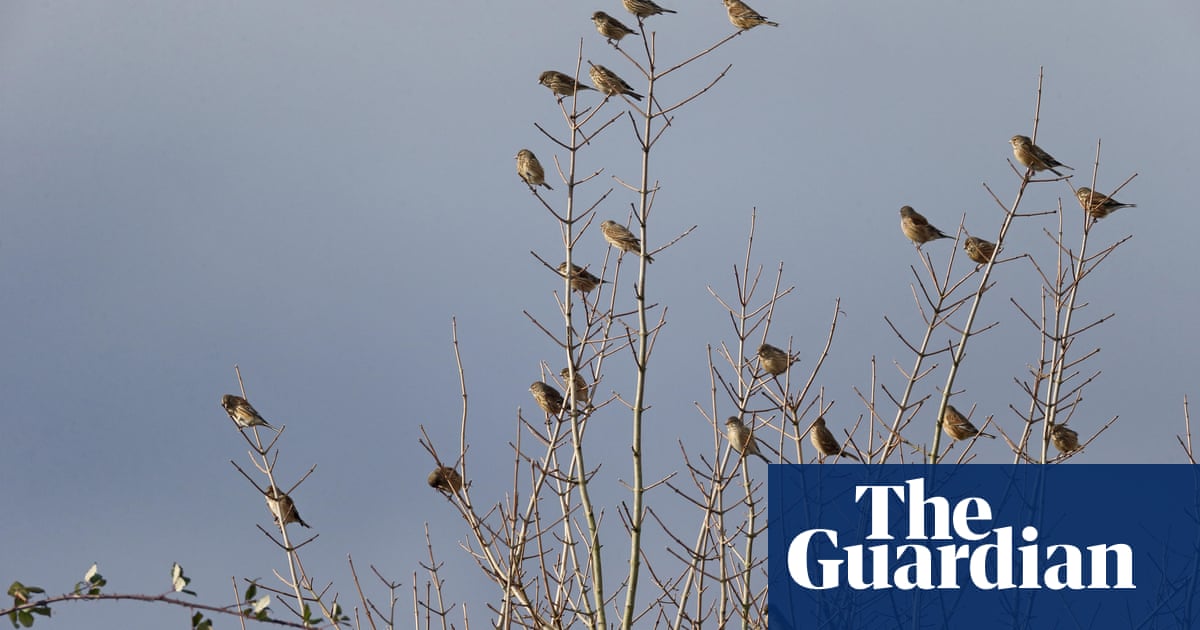
Spring arrived early this year; my best guess is three weeks early. Inevitable, I suppose, considering the months of unremitting rain and very little frost.
The resident bees quickly cottoned on to the unseasonal mildness and busied themselves among the blooms of camellias, hellebores, snowdrops and snowflakes. Great Comp Garden is a paradise for pollinators, with pollen and nectar available for most of the year; this feast is supplemented by the adjacent farm, where 60 acres of oilseed rape was sown last autumn. The floral spectacle next door coordinates beautifully with our magnolias, rhododendrons and azaleas within the garden.
Some say that oilseed rape is a mixed blessing for bees due to the sudden disappearance of the food source once the plants start to set seed in late May and early June. However, right now there is much bee activity on our cotoneasters; these versatile plants have small, bowl-shaped flowers that are very easily accessed by these busy, humming insects.
Another couple of weeks and it will be our salvias that are the main focus of attention, their nectar-rich flowers being a mainstay to the bees’ diet throughout the summer and autumn months. Shrubby Mexican salvias, which we have in great variety here, produce longer-tubed flowers than the majority of European salvias, and the nectary is situated below the depth that our native bees’ proboscises can reach. Cleverly, the bees have sussed out a way to bypass this inconvenience by drilling holes in the sides of the flowers. In their native lands, these salvias are pollinated by carpenter bees and humming birds.
In my own garden, which is situated next door to Great Comp, I have a small orchard that I have underplanted with shrubby salvias. The reason for this is twofold: the floral spectacle, and to reward the bees with months of sustaining nectar for their busy, necessary work pollinating my apple blossoms.
Then we can enjoy the autumn bounty. I just need to redouble my efforts come harvest time so that we can enjoy the luscious fruits before the resident magpies get to them.












